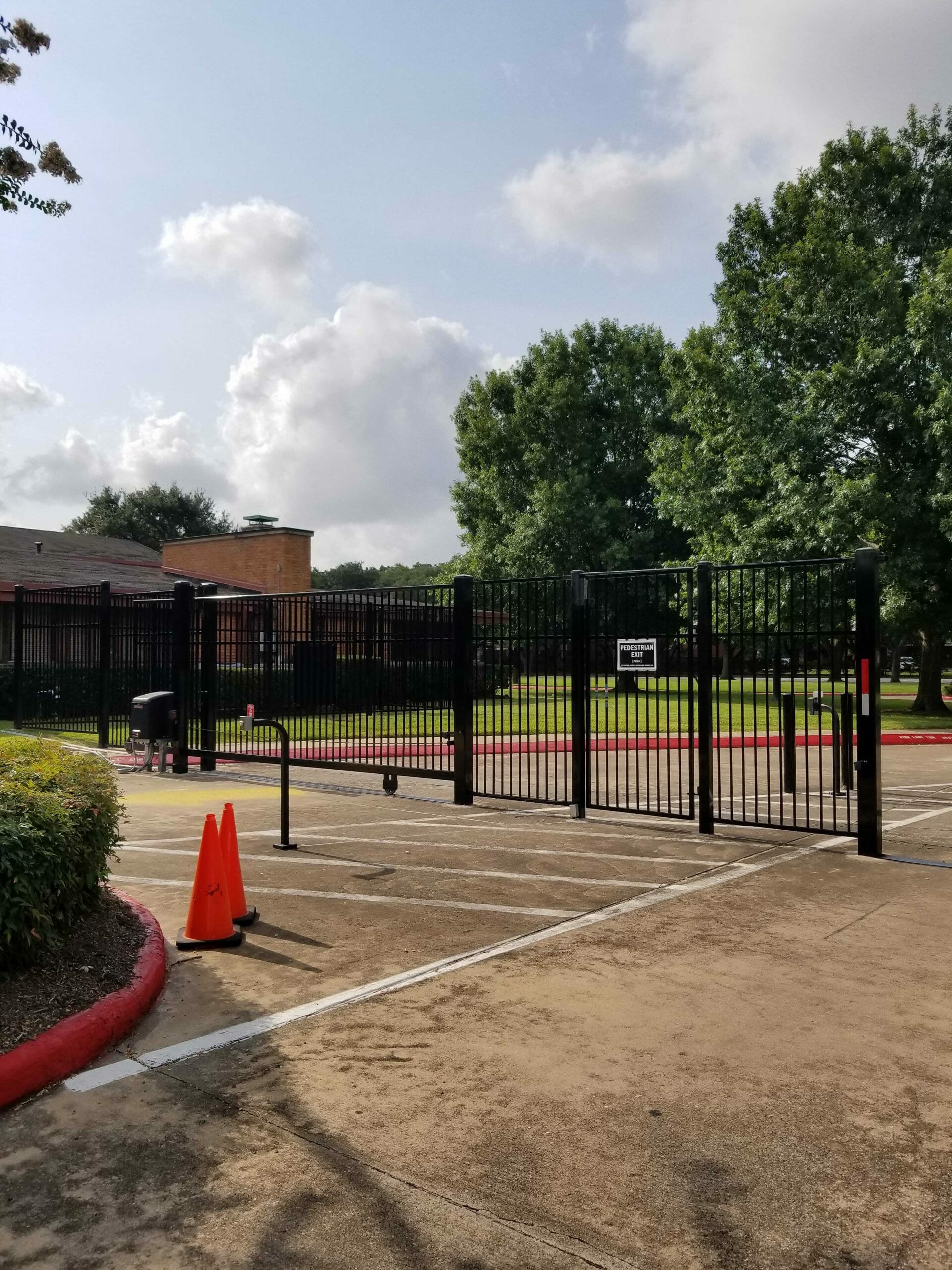
网站公告
more- 10 Punkter A... 25-04-23 22:41
- How To Searc... 25-04-23 22:40
- Checklist Fo... 25-04-23 22:35
- Ecommerce So... 25-04-23 22:34
Maintaining Community Standards Importance
JohnnieKaye78817846 2025.04.23 06:33 查看 : 3
Clear fence regulations in neighborhoods are crucial part of maintaining a visually appealing and organized community. Fences provide a boundary between properties, providing a sense of security and protection to residents. However, if not regulated properly, fences can become a source of discord and lead to disputes between neighbors.
One of the primary reasons for establishing clear fence regulations is to ensure it is clear fences do not obstruct the view or interfere with neighboring properties. For example, a fence that is too tall or too strong might block the view of a neighbor's garden or obstruct a public right of way. Similarly, fences that are not well-maintained can create an eyesore in the neighborhood and can undermine the aesthetic appeal of the community.
Clear fence regulations can help prevent these issues by setting guidelines for fence height, material, and placement. For example, regulations that fences should not exceed a certain height or be constructed with materials that are too dense. This helps maintain a balanced and harmonious appearance in the neighborhood.
Another reason for clear fence regulations is to prevent disputes over property boundaries. When fences are not clearly defined, it can be difficult to determine where one property ends and another begins. This can lead to confusion and conflict among neighbors, particularly when it comes to issues such as shared driveways or utility lines.
Clear fence regulations also help maintain property values in neighborhoods. When a community has well-maintained fences, it can boost property values to make the area more attractive to potential buyers. On the other hand, a neighborhood with poorly maintained or neglected fences can give the impression of a neglected and rundown community.
Implementing clear fence regulations in neighborhoods needs collaboration between local authorities, residents and property owners. Communities can establish a fence committee or hire a professional to oversee fence construction and maintenance. Property owners can also be held responsible for ensuring that their fences comply with local regulations.
fencing in College Station conclusion, clear fence regulations are essential for maintaining a cohesive and well-manicured neighborhood. By establishing guidelines for fence height, material, and placement, communities can prevent disputes, preserve property values, and maintain a visually appealing environment.

One of the primary reasons for establishing clear fence regulations is to ensure it is clear fences do not obstruct the view or interfere with neighboring properties. For example, a fence that is too tall or too strong might block the view of a neighbor's garden or obstruct a public right of way. Similarly, fences that are not well-maintained can create an eyesore in the neighborhood and can undermine the aesthetic appeal of the community.
Clear fence regulations can help prevent these issues by setting guidelines for fence height, material, and placement. For example, regulations that fences should not exceed a certain height or be constructed with materials that are too dense. This helps maintain a balanced and harmonious appearance in the neighborhood.
Another reason for clear fence regulations is to prevent disputes over property boundaries. When fences are not clearly defined, it can be difficult to determine where one property ends and another begins. This can lead to confusion and conflict among neighbors, particularly when it comes to issues such as shared driveways or utility lines.
Clear fence regulations also help maintain property values in neighborhoods. When a community has well-maintained fences, it can boost property values to make the area more attractive to potential buyers. On the other hand, a neighborhood with poorly maintained or neglected fences can give the impression of a neglected and rundown community.
Implementing clear fence regulations in neighborhoods needs collaboration between local authorities, residents and property owners. Communities can establish a fence committee or hire a professional to oversee fence construction and maintenance. Property owners can also be held responsible for ensuring that their fences comply with local regulations.
fencing in College Station conclusion, clear fence regulations are essential for maintaining a cohesive and well-manicured neighborhood. By establishing guidelines for fence height, material, and placement, communities can prevent disputes, preserve property values, and maintain a visually appealing environment.
?? 0
Copyright © youlimart.com All Rights Reserved.鲁ICP备18045292号-2 鲁公网安备 37021402000770号

